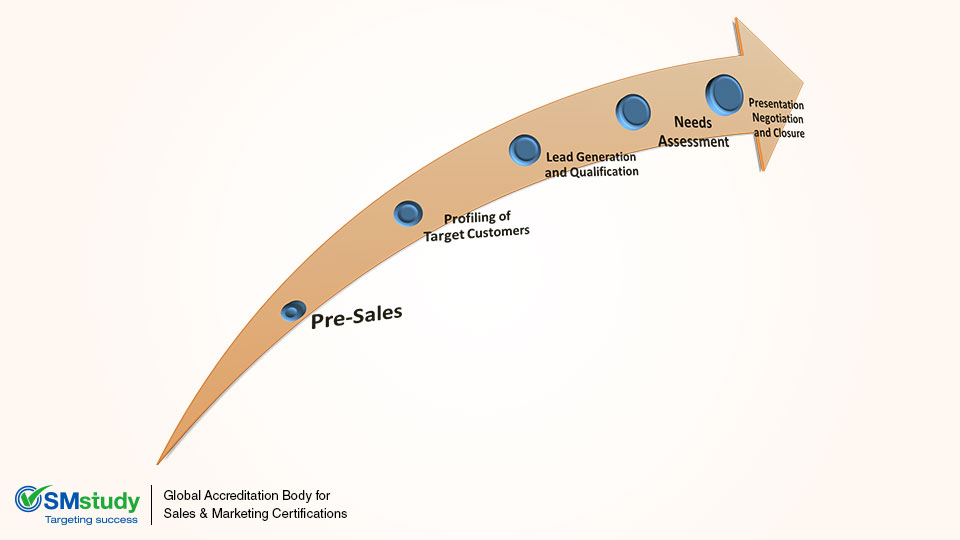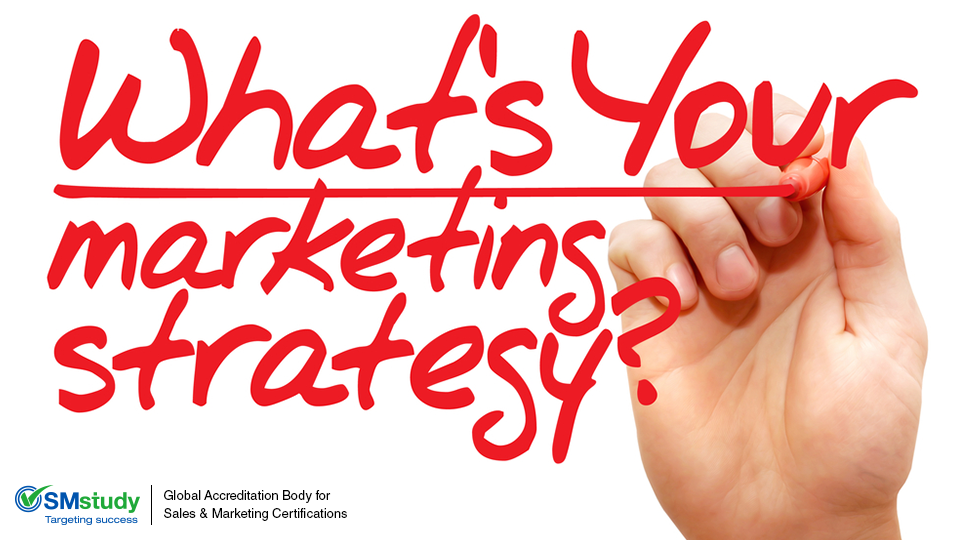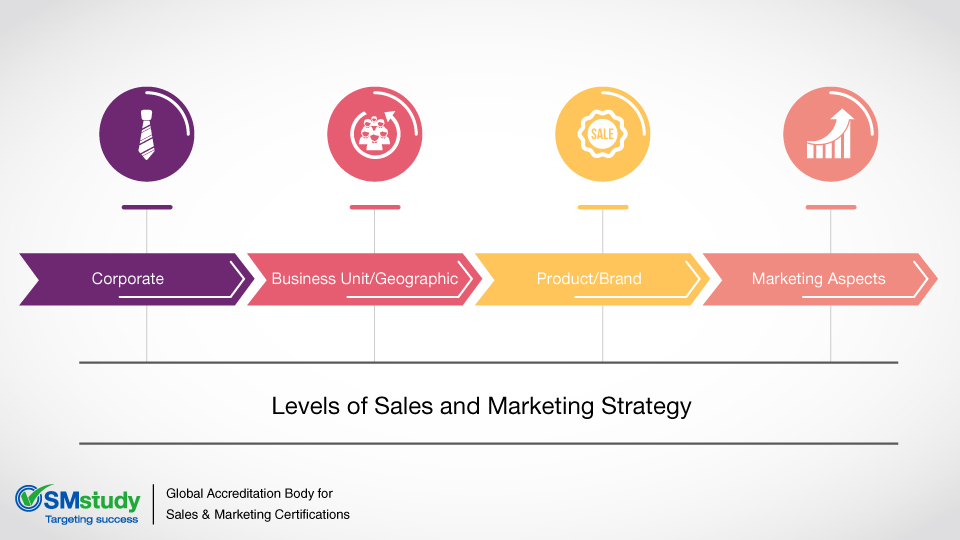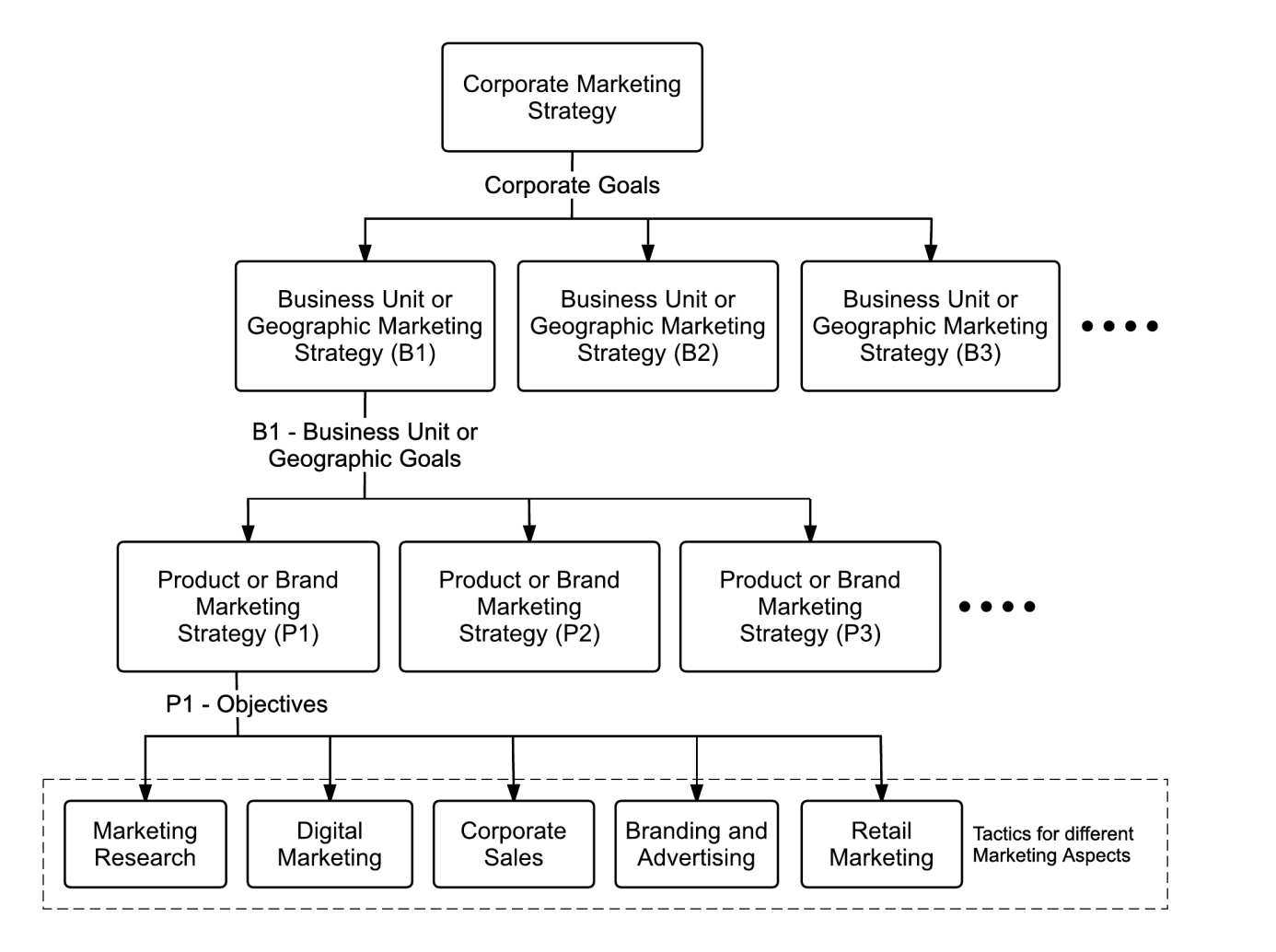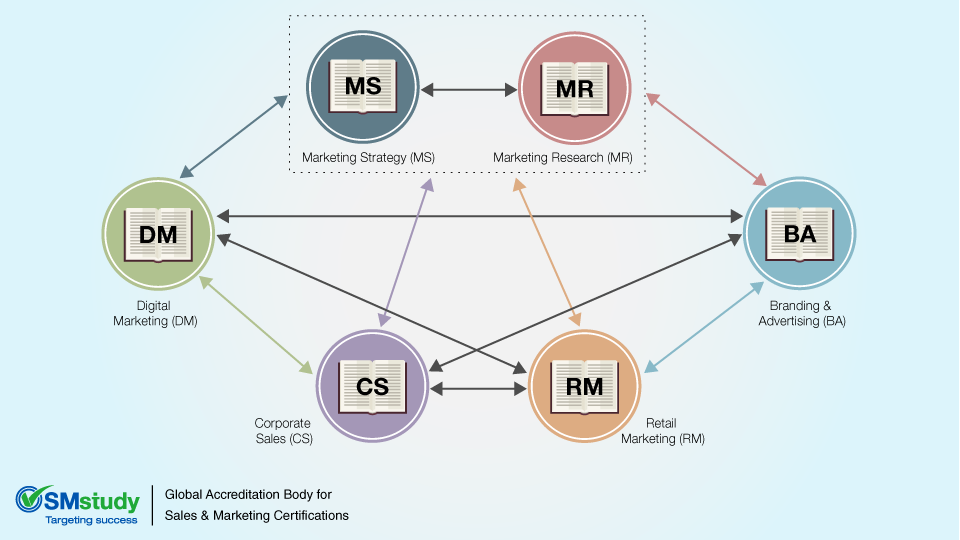With increasing complexities in technology, products and geographic reach, it is a challenging job for organizations to organize sales teams effectively. Traditionally, organizations were more product-centric. They focus on conveying information about the quality of products to the customers. In recent times, organizations have shown inclination on customer-centric approach. The sales team is more focused on understanding the needs, preference, likes, and dislikes of the customers. Moreover, to gain customers’ trust, they make efforts to fulfill customer’s requirements.
To build a strong and cohesive sales team, it is essential to assign roles and responsibilities to the individuals of the sales team properly. Furthermore, the sales team should be organized suitably for the successful implementation of plans and strategies. To build a well-organized sales team, the sales force should be structured in the following categories:
- Geography: Geographic-based sales team is one of the most common forms of the sales organization. In this form, individuals are assigned to certain geographical regions. They are responsible to deal with the sales functions in that territory. Such form of organization is simple in structure and cost saving. This structure also facilitates a free flow of communication with the clients.
- Product: In product-based sales organization, a separate sales team is assigned to a specific product. They are responsible to sell only the product line assigned to them. They interact with the customers about the quality, features of that product and persuade them to opt for that product. The biggest advantage of product-based organization is that apart from selling a tailored product, they also ensure delivery and after sales service of the product.
- Customer segment: In this type of organization, the sales team is assigned to different customer segments and is responsible for selling to that market alone. This aids in the selling function by allowing the sales team to focus on the needs and requirements of the customer segment. Also, frequent interaction with customers helps the sales team focus on product features according to the unique needs of customers.
- Selling function: Organizing sales team members on selling function category ensures that specialized sales team can perform specialized selling functions. They will be responsible to carry out specialized selling functions such as pre-sales, prospecting, and post-sales. In addition, the sales force is divided into inside sales and field sales teams.
An efficient sales team can be an asset for the organization and provide better customer satisfaction and earn revenue. On the other hand, an inefficient sales team can be a liability causing loss of lucrative contracts. Hence, organizing an effective sales team is crucial for the success of the organization.








